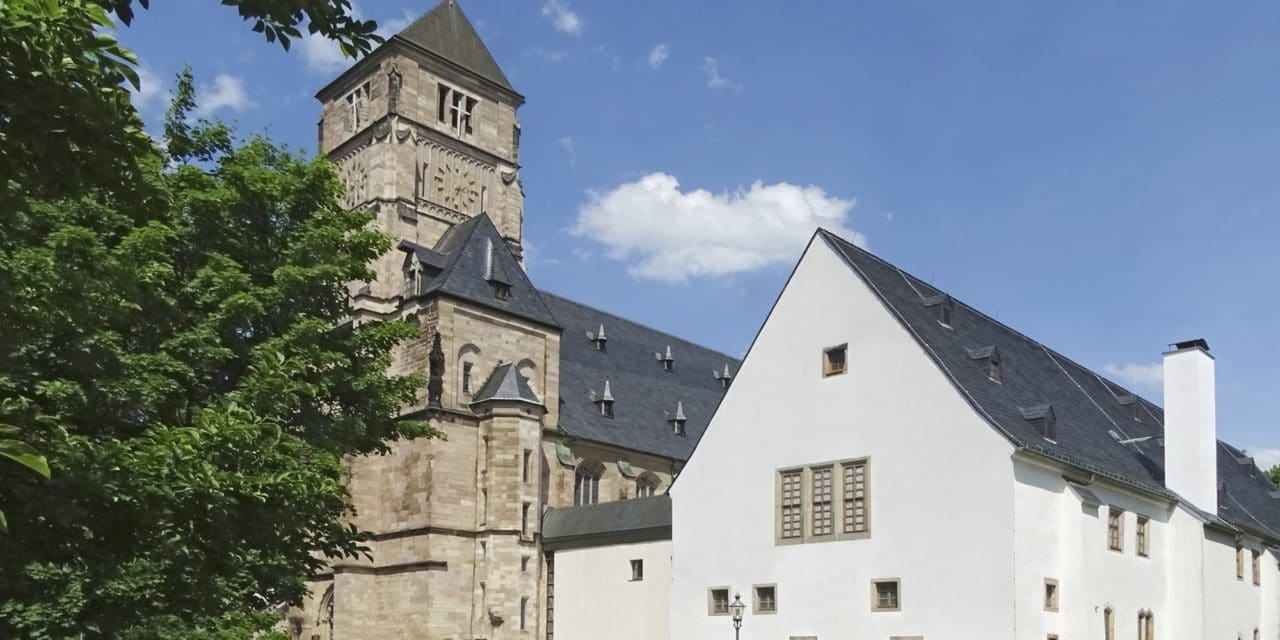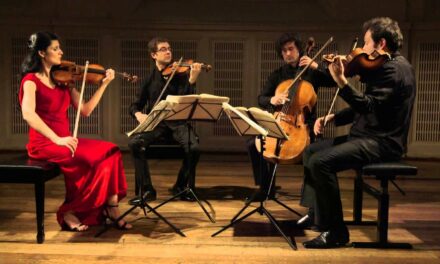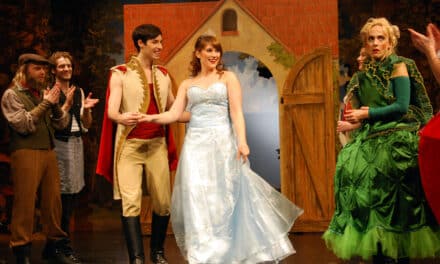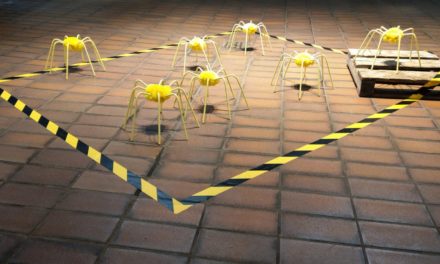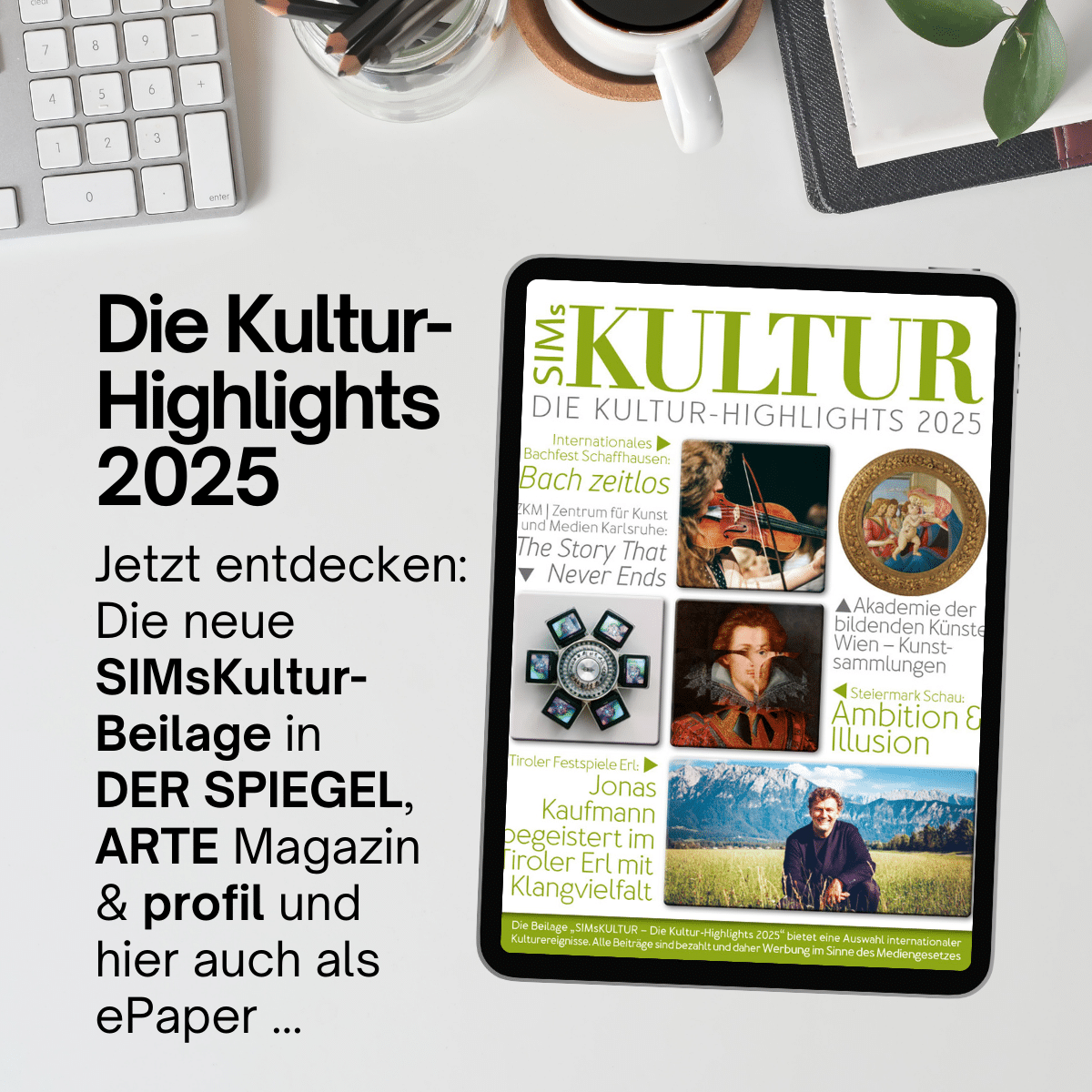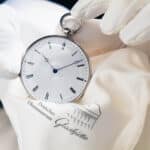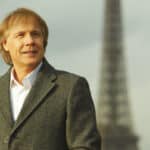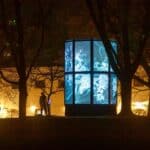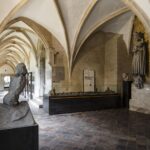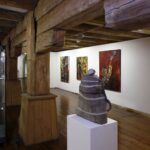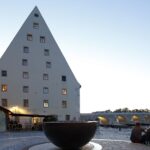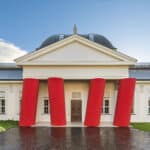The Chemnitz Museum of City History is housed in one of the most beautiful and best-preserved monastery complexes in Saxony. Around 1135, Emperor Lothar had a Benedictine monastery built on a ridge above the Chemnitz River, which existed until the years of the Reformation. The surviving building fabric dates back to various construction phases: The Romanesque south apse still belongs to the foundation building (around 1150), the early Gothic east wing to the oldest stone monastery building (1275), the south wing and the church to the late Gothic construction phase under the last two abbots Heinrich von Schleinitz and Hilarius von Rehburg (1483-1539).
Elector Moritz of Saxony had the representative monastery complex converted into a summer residence in the Renaissance style in the years 1548-1549. The two halls on the upper floor still bear impressive witness to this today. Later electors used the castle primarily as the seat of the regional administration and as quarters for their summer hunts.
In the years 1929-1931, the city of Chemnitz established the City History Museum in the old rooms of the monastery and castle, which over the following decades came to be known as the "Schloßbergmuseum". In 1979, all the museum objects had to be removed due to the building's dilapidation. The two old cloister wings were thoroughly renovated and the two demolished wings were rebuilt in a modern style.
Since its reopening in 1994/1995, the old monastery and castle building has once again housed the extensive collections on the history of Chemnitz, whose most beautiful pieces of painting and sculpture, historical textiles, jewelry, furniture and everyday objects from the 12th to 20th centuries can be seen in the permanent exhibition Bildersaal Chemnitzer Geschichte. Every year, the museum presents special exhibitions on cultural and art-historical themes.
In the reconstructed historic monastery rooms on the first floor (cloister, refectory, chapter house and parlatorium), the exhibition Gothic Sculpture in Saxony presents the most important collections of sacred art in the Free State. With the works of Hans von Cöln, the Master H.W. and the Chemnitz Holy Sepulchre, unique works of medieval Meissen-Saxon sculpture and panel painting are on display. The exhibition is a cooperation between the Dresden State Art Collections and the Chemnitz Art Collections.
The Lapidarium was built in the 1990s in the publicly accessible park in front of the Schloßbergmuseum to present the extensive collection of Chemnitz stone fragments. The exhibition in the modern low-rise building with its glass display sides presents the most important Chemnitz portals and other architectural fragments, tombstones and sculptures from the Middle Ages, Renaissance and Baroque periods. At night, the silent testimonies of early stonemasonry are illuminated.

